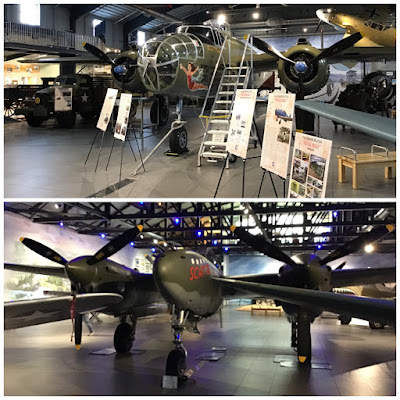Autumn is apple season and our supermarket has about 8 varieties to choose from.
The apple tree originated in Central Asia, where its wild ancestor, Malus
sieversii, is still found today. Apples have been grown for thousands of years in Asia and Europe and were taken to the new world by colonists and immigrants
There are more than 7,500 known cultivars of apples, resulting in a range of desired characteristics. Different cultivars are bred for various tastes and use, including cooking, eating raw and cider production.
Worldwide production of apples in 2017 was 83 million tonnes, with China accounting for nearly 50% of the total.
Australia produces around 300,000 tonnes a year with 75% going to the fresh market. The remainder is used for juicing and processing. Only a minimal amount is exported and just under 1000 tonnes are imported from New Zealand.
Australians on average eat around 8kg/year.
All states produce the fruit and because of the varying climate zones across the country the fresh apple season lasts from late January to late May.
Many varieties of the fruit are suitable for cold storage so apples are available all year.
The top five most popular apples in Australia are: Granny Smith, Red Delicious, Cripps Pink marketed as Pink Lady®, Fuji and Gala.
A few old favourites are still available including Golden Delicious, Jonagold, Braeburn and Sundowner™. Some of the new apples emerging onto supermarket shelves that taste and look great include Jazz™, Bravo™, Kalei, Eve™, Modi™, Envy™, and Kanzi™ and Greenstar™.
I like Jazz™.
This is a cross between
Royal Gala and
Braeburn. It was developed in New Zealand.
The original cross was made in 1985 on trees at Goddard Lane, Havelock North, Hawkes Bay and was launched commercially in April 2004.
It is hard and crisp but juicy. It reminds me of the
Jonathan which we used to grow in our backyard as a child. We used to get these in our supermarket but they seem to have fallen out of favour these days.
The co driver likes Pink Lady® ie. Cripps Pink.
This apple was originally bred by John Cripps at the Western Australia Department of Agriculture by crossing the Australian apple
Lady Williams with a
Golden Delicious.
It has a sweet-tart flavour and a firm, crisp flesh.
It also cold stores for a long time without quality deterioration.
The green
Granny Smith is popular world wide and originated in suburban Sydney, Australia in 1868. It is named after Maria Ann Smith, who propagated the cultivar from a chance seedling. The tree is thought to be a hybrid of Malus
sylvestris, the European wild apple, with the North American apple Malus
pumila as the polleniser.
To wax or not to wax, that is the question.
For a long time apples were waxed at the packing shed as washing the fruit during processing removed the natural waxy barrier. It was thought that this barrier improved the shelf life of the apples as well as making them look more appealing (pun not intended).
According to our industry representative body, APAL, "apples with wax may last longer at certain times of year or in certain climatic conditions or retail conditions, but it won't have a significant impact."
Our two major supermarkets say that the vast majority of customers (70%) want a natural product.
So since 2016 waxed apples have been phased out. They do look a bit different ie.dull not shiny, but there is definitely no discernible taste difference.
On a personal note I really dislike those small adhesive stickers the put on the individual fruit.
A quick trawl around the Internet showed I am not the only one. Here is an
example.
So apart from being difficult to remove, they are yet just another piece of plastic ready to pollute our environment.
So to keep the doctor away, eat an apple a day (and keep your vaccinations up to date!).






























